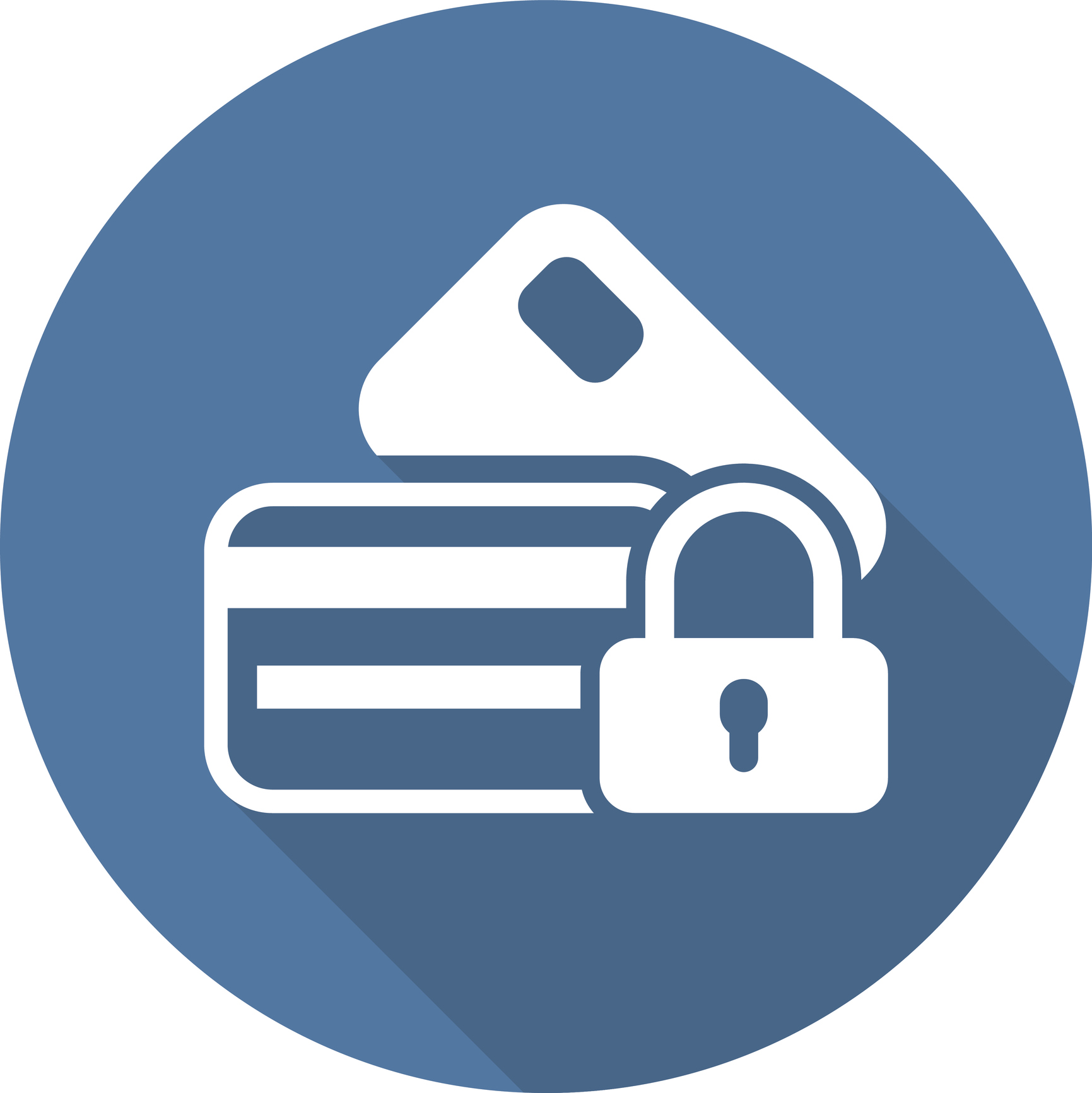As credit cards increased in popularity, consumers’ desire for payment security increased as well. As consumers continue to adopt new payment methods like credit cards, mobile payments, and even cryptocurrency, payment security remains top of mind. When shopping for a new credit card, roughly 74% chose security and fraud protection as their top priority, while 26% selected rewards. This means that companies will do well to ensure the protection of their customers’ data.

EMV
Otherwise known as Chip and PIN and Tap and Pay, EMV (Europay, MasterCard, and Visa) is the newest security standard for in-store credit card transactions. While many major markets have already adopted the chip card technology, the U.S. was the last to implement it with a mandate to update to EMV-enabled terminals starting October 2015. Know the ins and outs (and taps) of EMV is your complete guide to EMV: what is is, how it works, and why you should care.
Online fraud prevention
eCommerce is rising fast. Online transactions are a target for scammers – especially with EMV increasing the security of in-store transactions, driving fraudsters online. These days, an eCommerce store might be essential to your business plan, but you must take the proper steps to protect yourself from fraud. This blog post outlines three easy steps that you can undertake to prevent online fraud.
PCI compliance
PCI compliance was put in place by the PCI SSC (Payment Card Industry Security Standards Council) and consists of 12 requirements that ensure a safe environment for all that come into contact with credit cards. The ABCs of PCI Compliance provides a basic primer on all things related to PCI compliance – what is it, what to do to ensure PCI-compliance, and what will happen if the requirements are not met.
Tokenization
Payment tokenization is a crucial part of remaining PCI-compliant. In-store transactions are now more secure thanks to EMV, which means tokenization is crucial to keeping payment information safe in online and digital environments. Tokenization by itself is not enough for full PCI-compliant, but it helps reduce the scope and protects your business and your customers’ data. This blog post goes through 5 questions about tokenization – from what it’s used for to why it’s safer.
Blockchain
Blockchain is the engine behind popular cryptocurrency bitcoin. There has been a lot of talk over the last few years about blockchain providing new and innovative ways for verification and security in the future. The new kid on the block(chain) lays a basic foundation of what you need to know about blockchain.
eCommerce sites
eCommerce is booming, and the companies that are thriving are the ones that ensure that their customers’ information is safe and secure. Consumers want security as well as convenience; they need to trust your site before they’ll purchase from you. This blog post outlines 5 easy ways to create an eCommerce site your customers can trust.